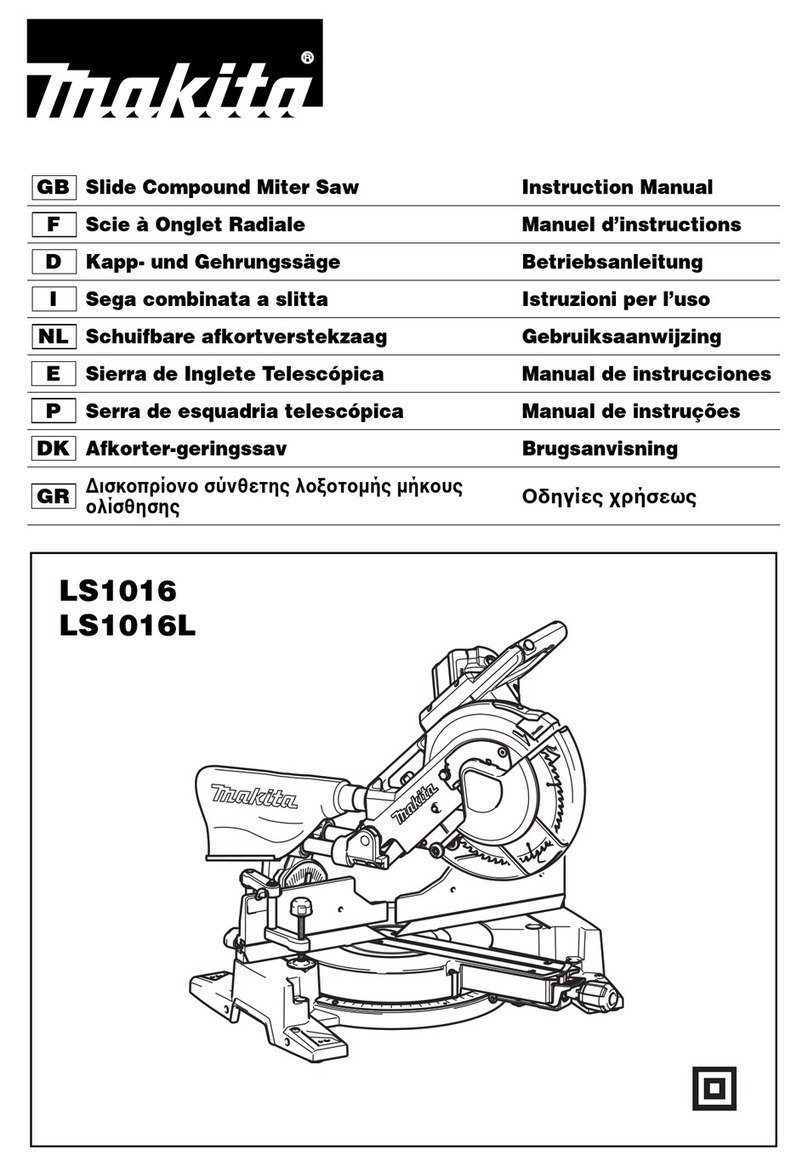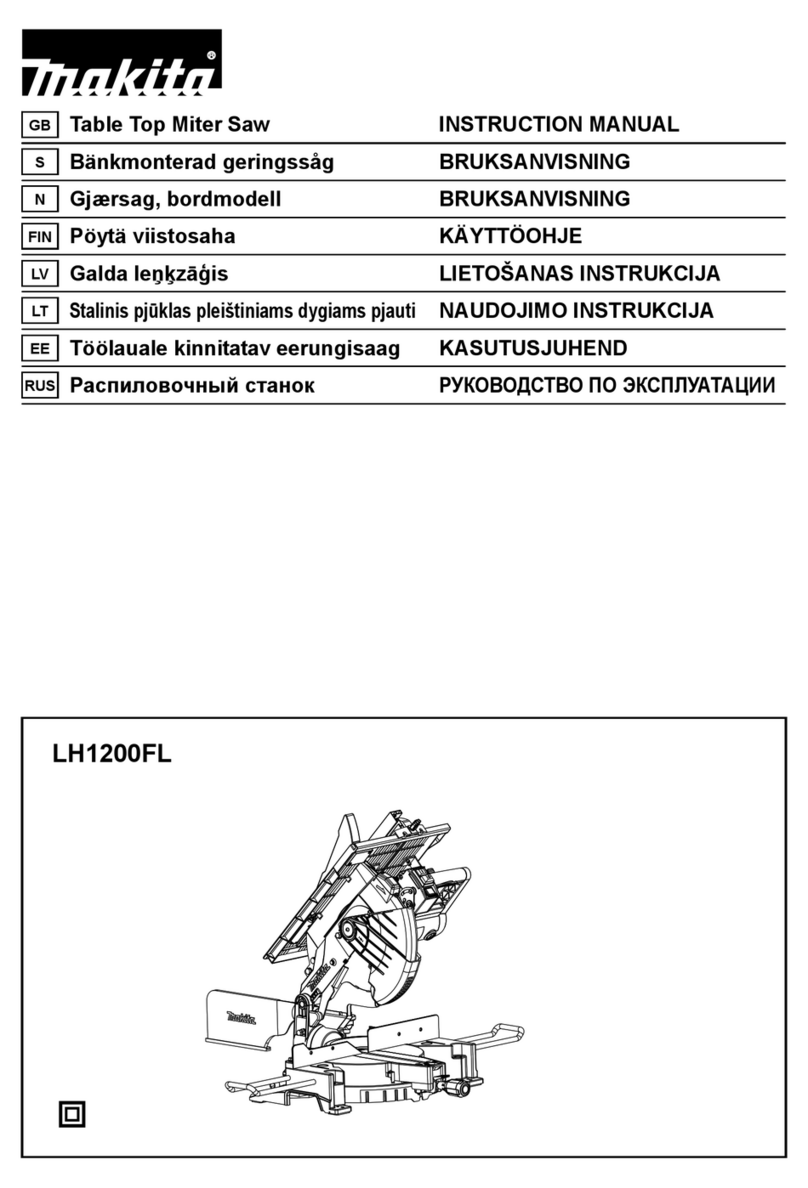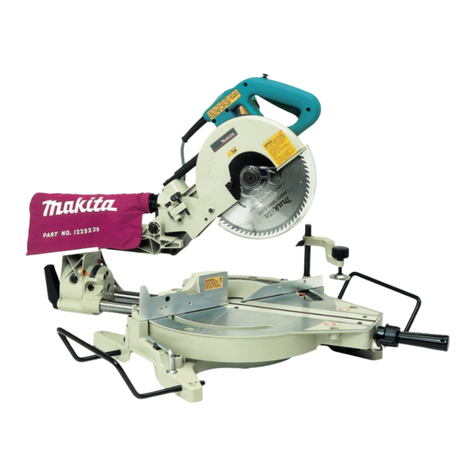Makita LS002G User manual
Other Makita Saw manuals
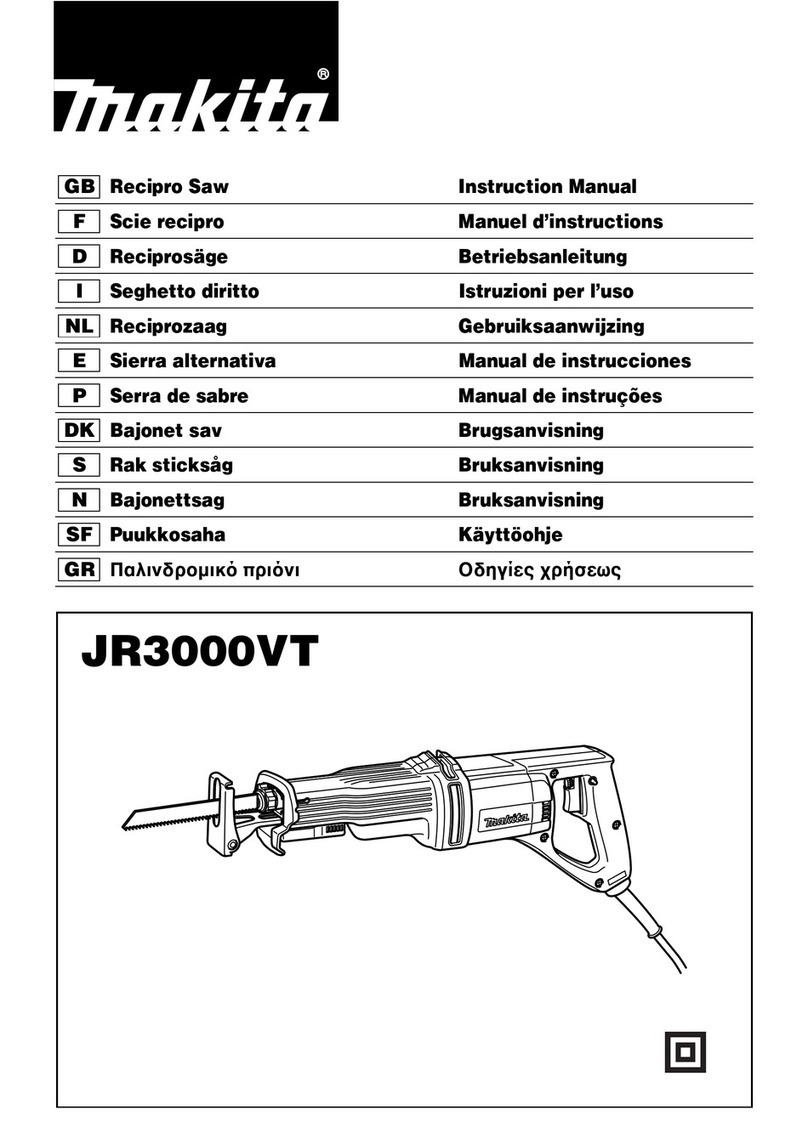
Makita
Makita JR3000VT User manual
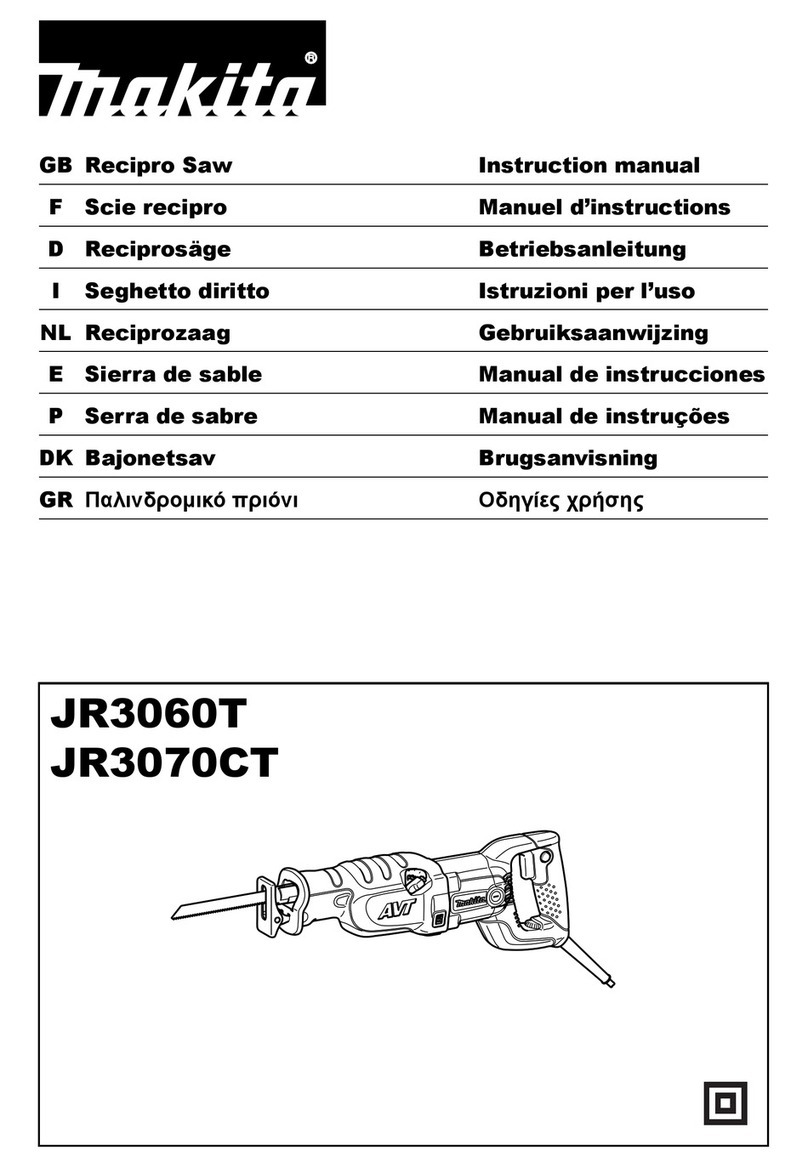
Makita
Makita JR3060T User manual

Makita
Makita 2702 User manual
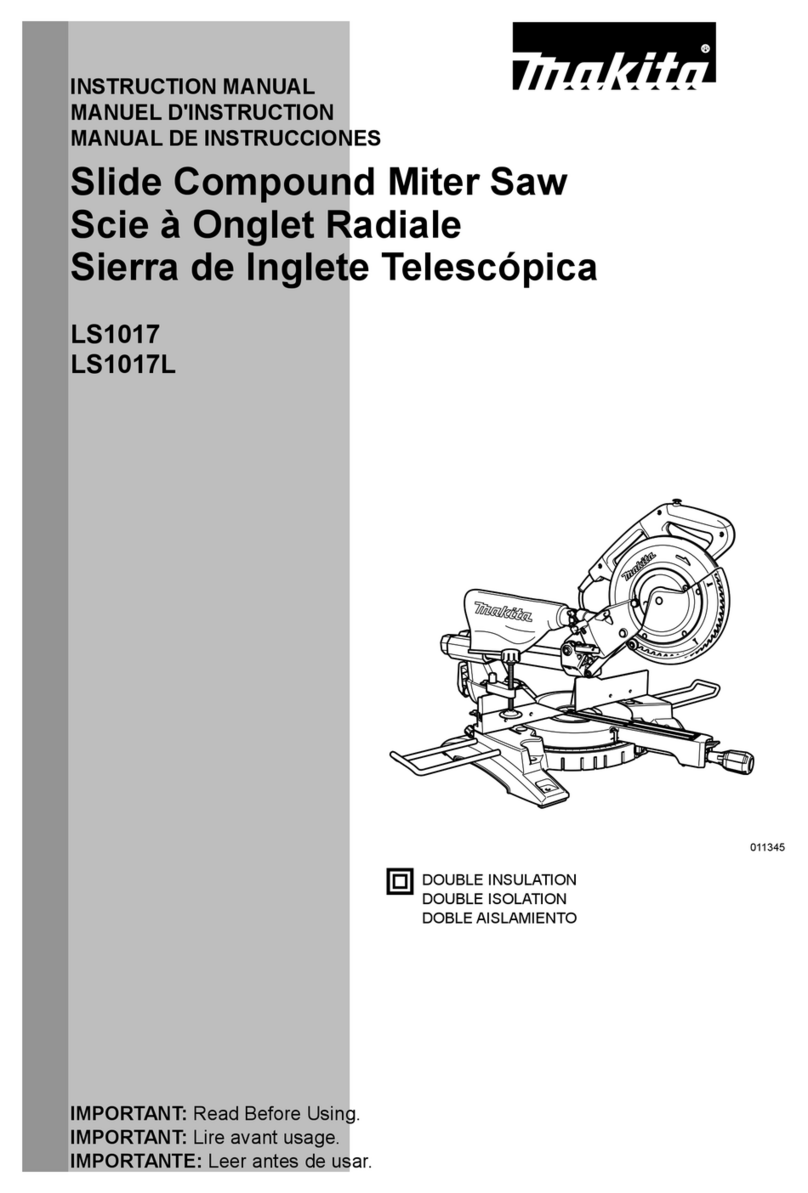
Makita
Makita LS1017 User manual

Makita
Makita LF1000 User manual

Makita
Makita DLS714 User manual
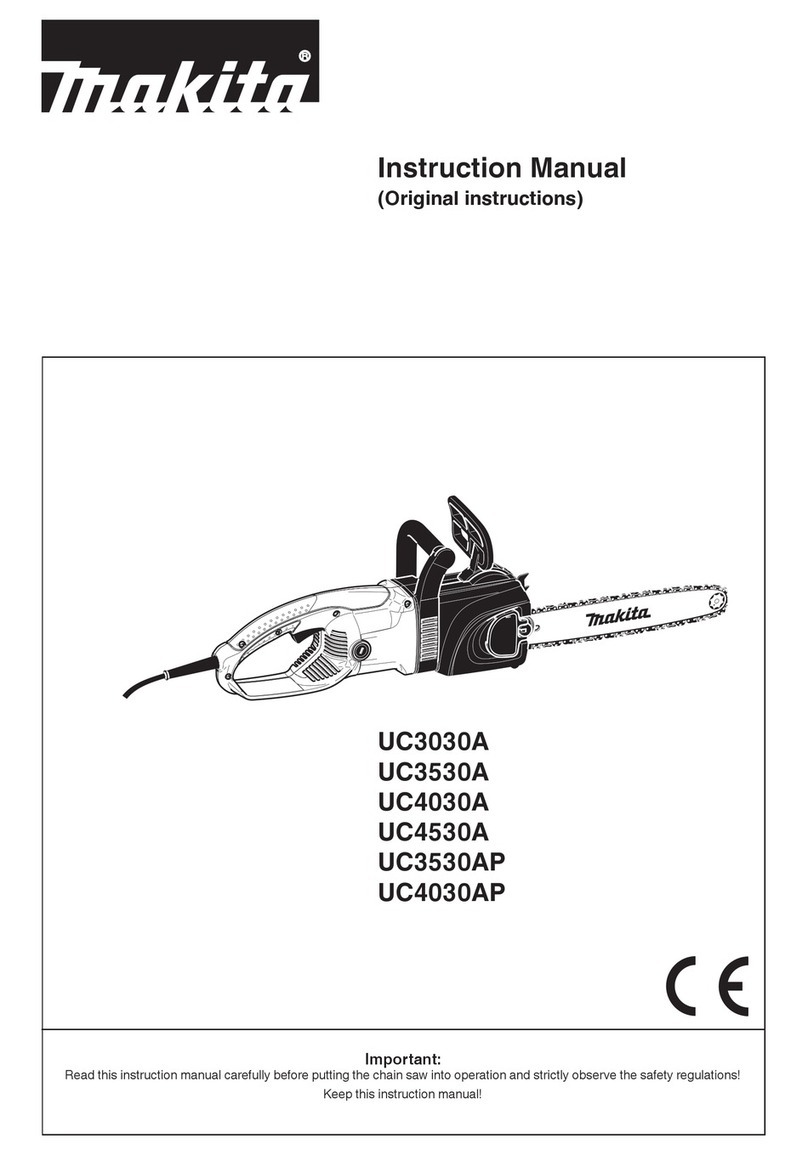
Makita
Makita UC3030A User manual
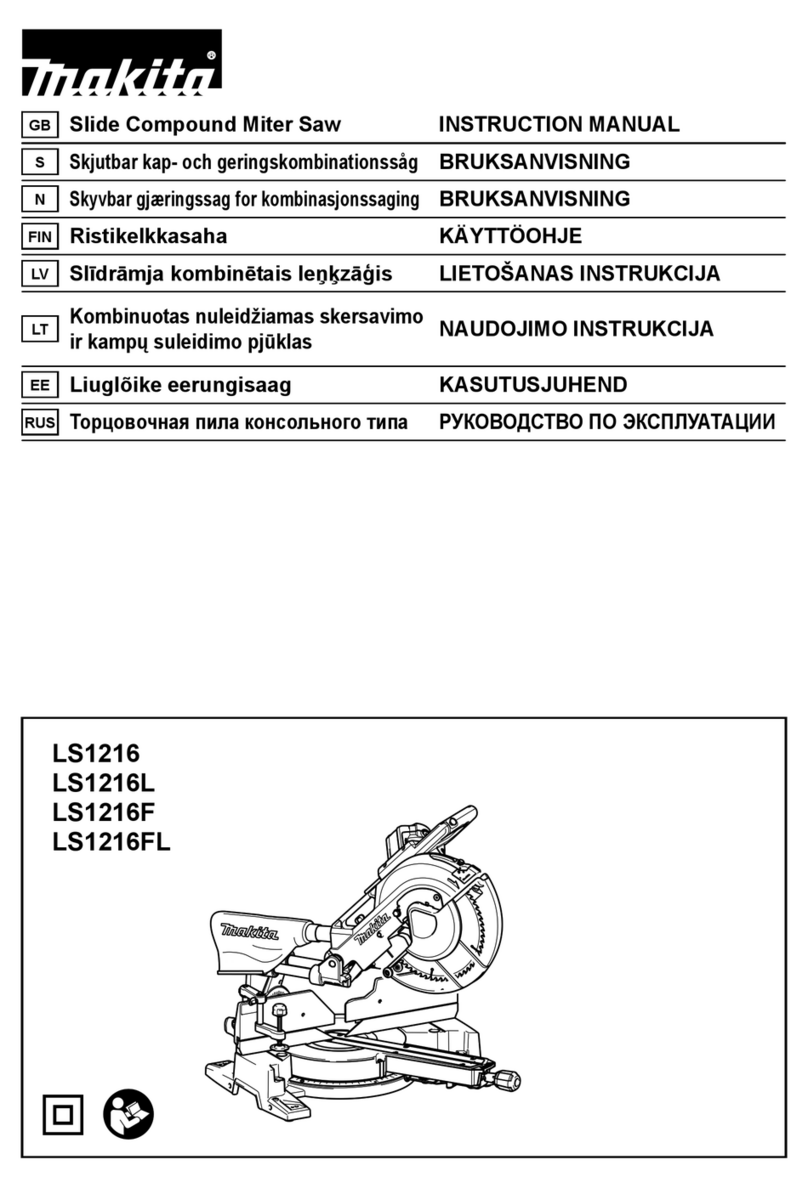
Makita
Makita LS1216 User manual
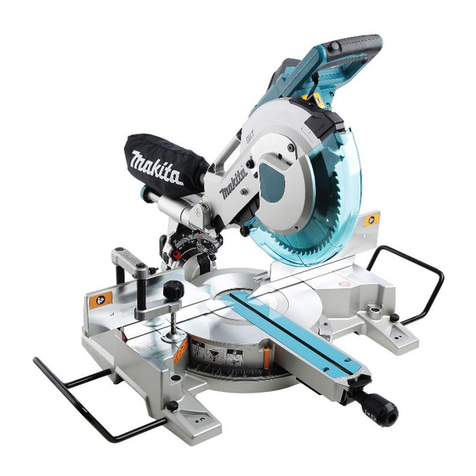
Makita
Makita LS1016 User manual
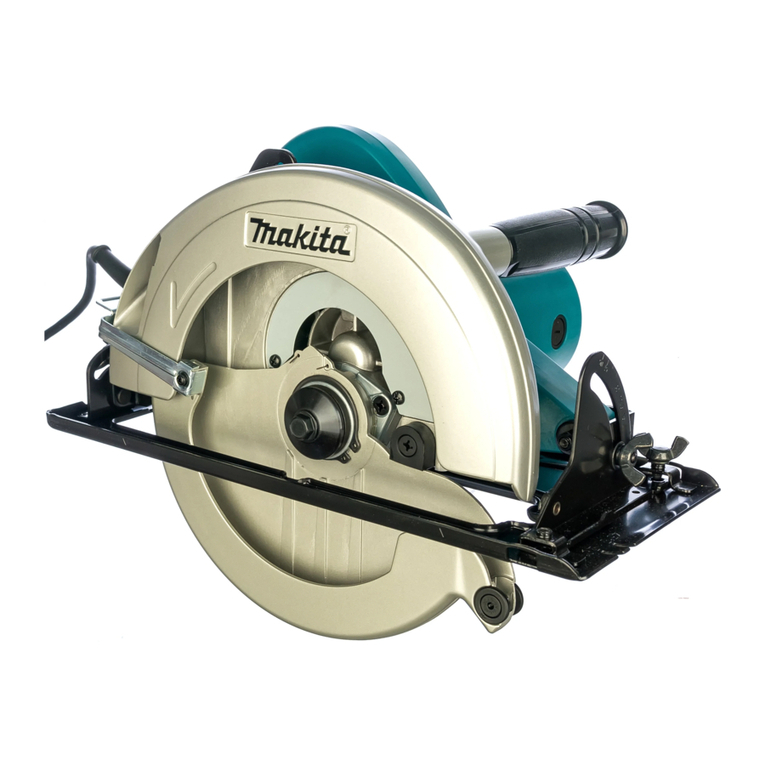
Makita
Makita N5900B User manual

Makita
Makita DLS713NZ User manual
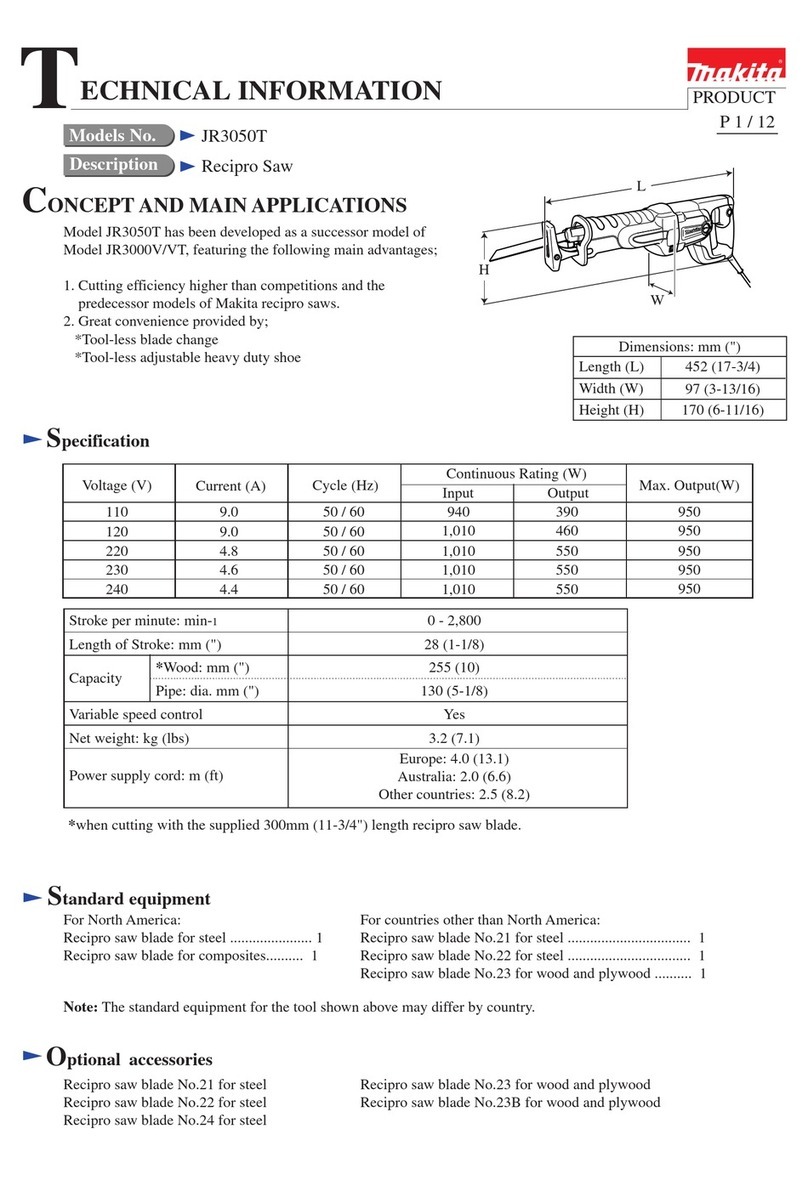
Makita
Makita JR3050T Manual
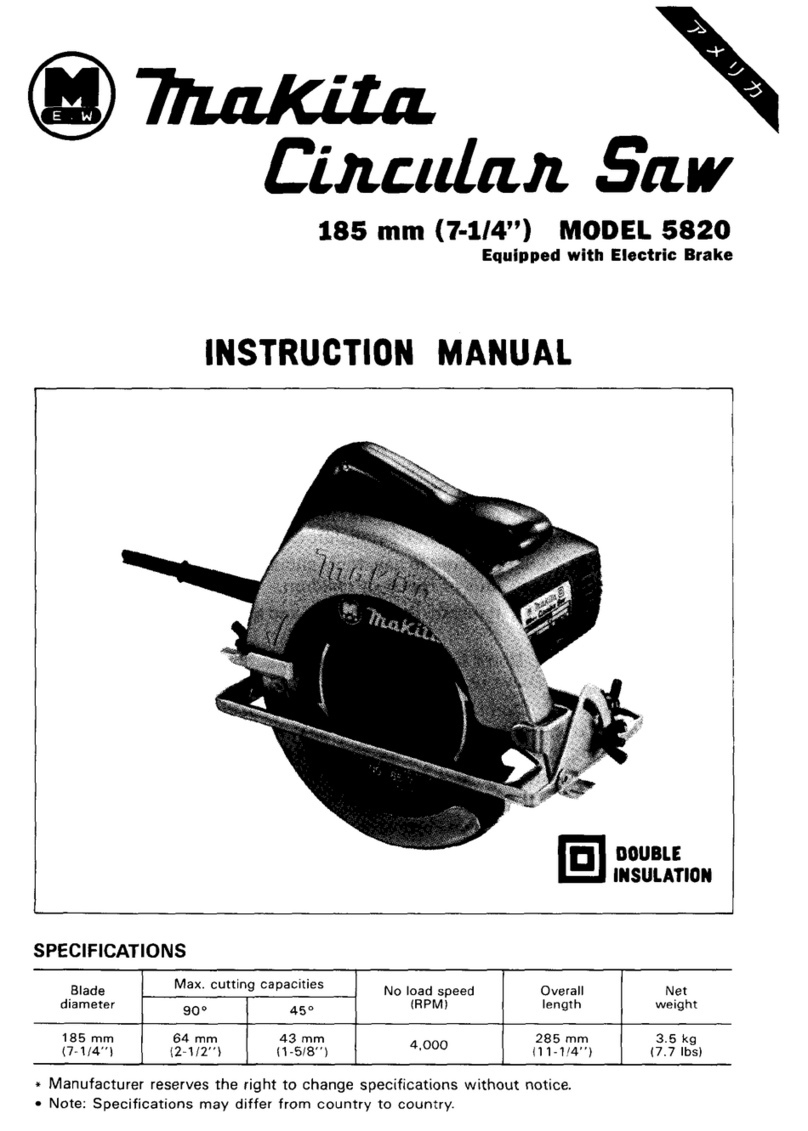
Makita
Makita 5820 User manual
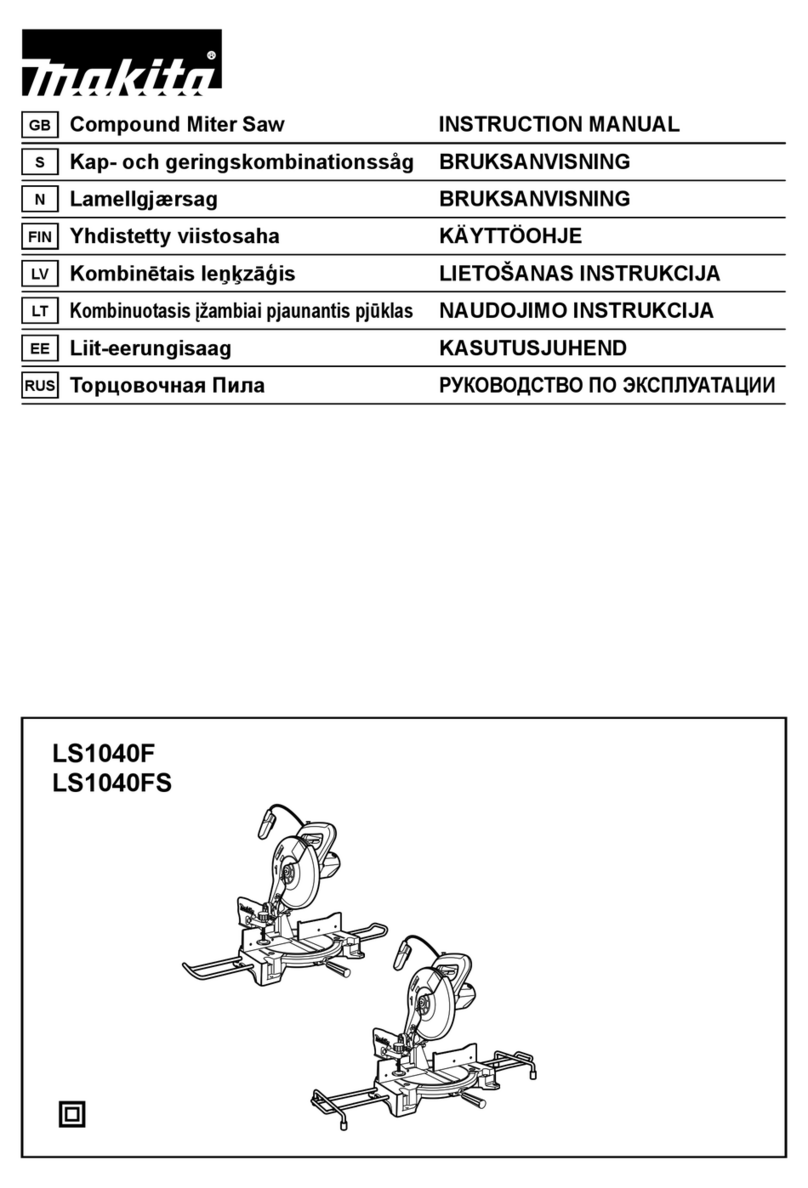
Makita
Makita LS1040FS User manual
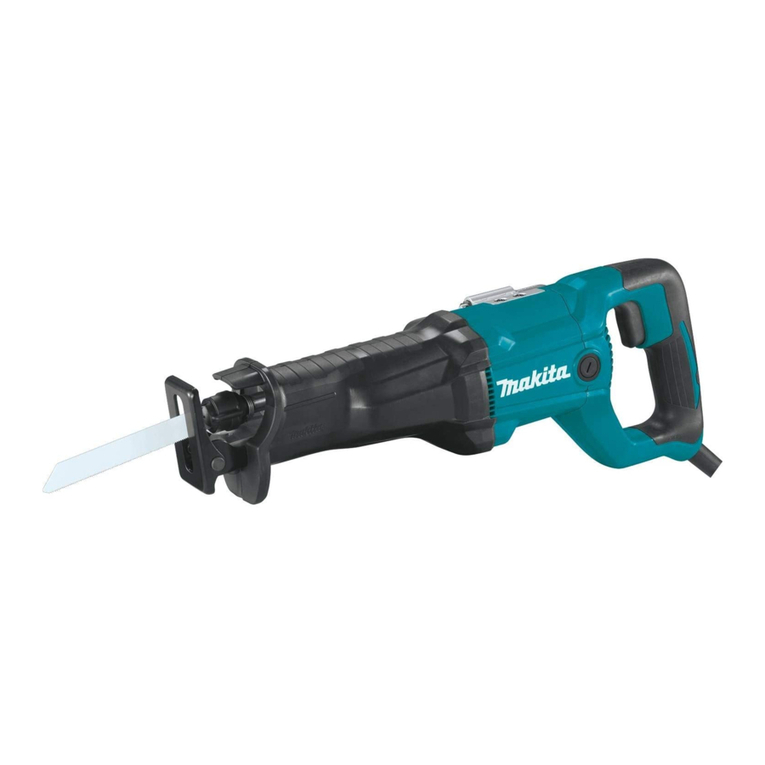
Makita
Makita JR3051T User manual

Makita
Makita SP6000 User manual

Makita
Makita M2300 User manual
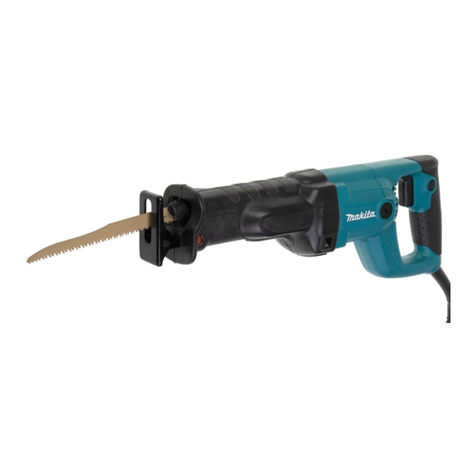
Makita
Makita JR3050TZ User manual
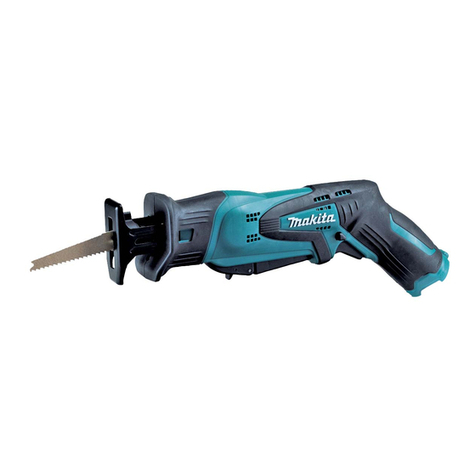
Makita
Makita RJ01 1 Series Manual

Makita
Makita 5704R User manual

